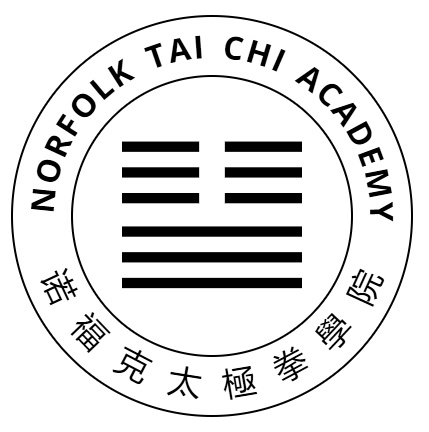The name of this move puzzled me for years. 野马分鬃 – Wild horse parts mane – what does it mean?
In English this move is sometimes called Parting wild horse’s mane. This rendering leads on to the idea that the tai chi player is parting the mane of a wild horse. This always seemed a bit unlikely to me. Wild horses are, well, wild. In Taoism, the wild horse is a metaphor for the raw energy of our physical body, the energy of youth. Think of the movement in the Lok Hup set Wild horse chases wind, whose name describes how we so easily waste our energy on useless projects. The energy must be brought under control, but the idea that we will get a comb out and part the mane of a wild horse – really?
Chinese is rather terse as a language and frequently dispenses with things such as articles (a, the) and possessive pronouns (his, hers, its). It’s very tempting to add extra words to make nice English phrases, but these are not English phrases – they are Chinese. 🙂 Here the Chinese simply says, literally, wild horse parts mane. So who is doing the parting?
My answer came to me one day watching a nature documentary about mustangs, the wild horses of the North American plains. In this documentary there was some slow-motion footage of a running horse which, as its ran, was shaking its head. The slow motion footage revealed how this sent a rippling motion down the animal’s neck.
Suddenly it all became clear. As we perform Wild horse parts mane to right and left, we are the horse, shaking our mane – our neck and spine – from side to side. In the video, look at the way a wave ripples along the horse’s neck as it shakes its mane.
